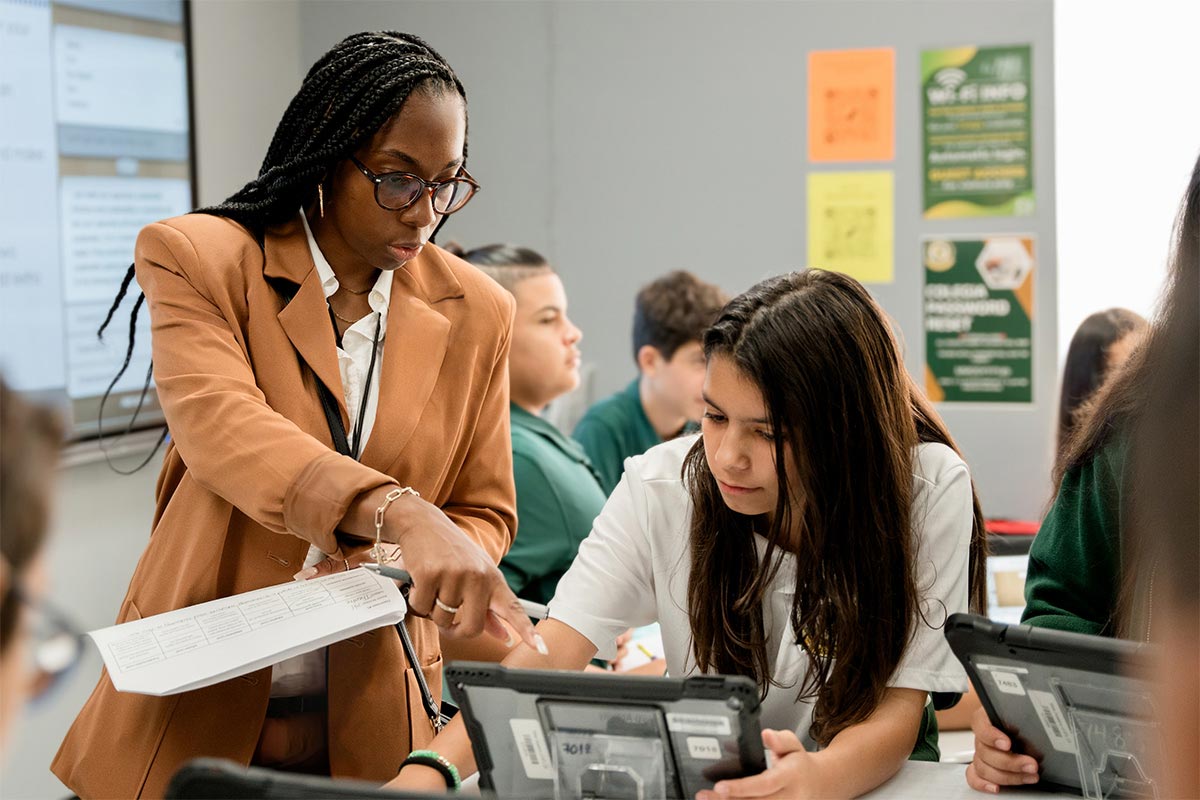 Digital Promise’s three Impact Goals reflect the future of learning that we are striving to build. They are equity-focused, ambitious, and central to our work to expand opportunity for all learners. Together, they encompass our vision for education and the workforce.
Digital Promise’s three Impact Goals reflect the future of learning that we are striving to build. They are equity-focused, ambitious, and central to our work to expand opportunity for all learners. Together, they encompass our vision for education and the workforce.
Achieving these goals won’t be easy. It will take tenacious collaboration across research, practice, and technology to tackle education’s big challenges and push the bounds of what’s possible. The stakes, however, are too high not to try.
Learn more about the what and why behind our goals, including how many historically and systematically excluded learners in the United States we aim to reach.

To reach our goals, we are creating a measurement framework that represents our theory of action and strategic architecture. It will lean on several components, including:
Our guiding principles: Centering our work on equity for those farthest from opportunity, utilizing the power of networks to accelerate innovation, and grounding our work in research to drive impact among others.
Our organizational infrastructure: The teams who enable us to bring capacity to the biggest challenges in education, including our two Centers of Excellence (Learning Sciences Research and the Center for Inclusive Innovation), Pathways and Credentials, Networks and Applications, and Digital Equity teams.
Our strategies and practices: Driving technology and innovation for Powerful Learning in communities that are traditionally underserved, supporting educators in designing and implementing Powerful Learning experiences for each learner, and working with major edtech products to leverage research for greater equity-centered impact.
Our Impact Goals, coupled with the strategic architecture and accompanying measurement framework, will allow Digital Promise to accelerate our impact—bringing us closer to a future where education closes opportunity gaps, diminishes differences in outcomes, and prepares learners to be global citizens who will shape the world for the better.
If you want to stay connected to our progress towards these goals, sign up for our newsletter.

We want to hear from you!
Please take this 5-minute survey and help us serve you better.
